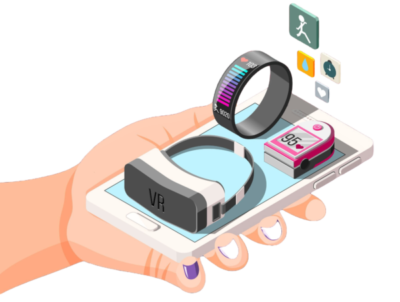Technical Considerations When Developing Virtual Try-On (Augmented Reality) Using Unity
Technical Considerations When Developing Virtual Try-On (Augmented Reality) Using Unity

Augmented Reality (AR) enables the overlay of digital content on the physical world. This AR enables overlaying a digital product on top of a physical world, as one experiences in the Virtual Try-On. Unity, a powerful and versatile platform, is widely used for AR development due to its robust support for 3D rendering, scripting, and integration with AR frameworks like ARKit and ARCore. However, several technical elements should be considered when using Unity to ensure optimal performance and user experience.
Platform and Device Compatibility
At the outset, developers must identify the audience target platforms (iOS, Android, or both) for the solution. In cross-platform development, developers must consider variations in hardware capabilities (e.g., camera quality, processor speed, and sensors). To ensure seamless operations, the solution should be tested on multiple devices to identify and address device-specific issues.




